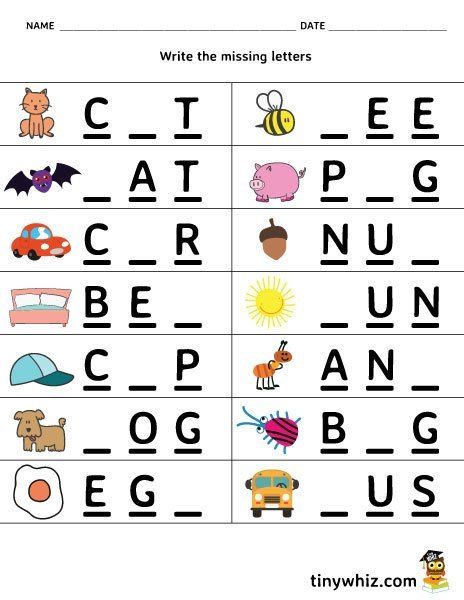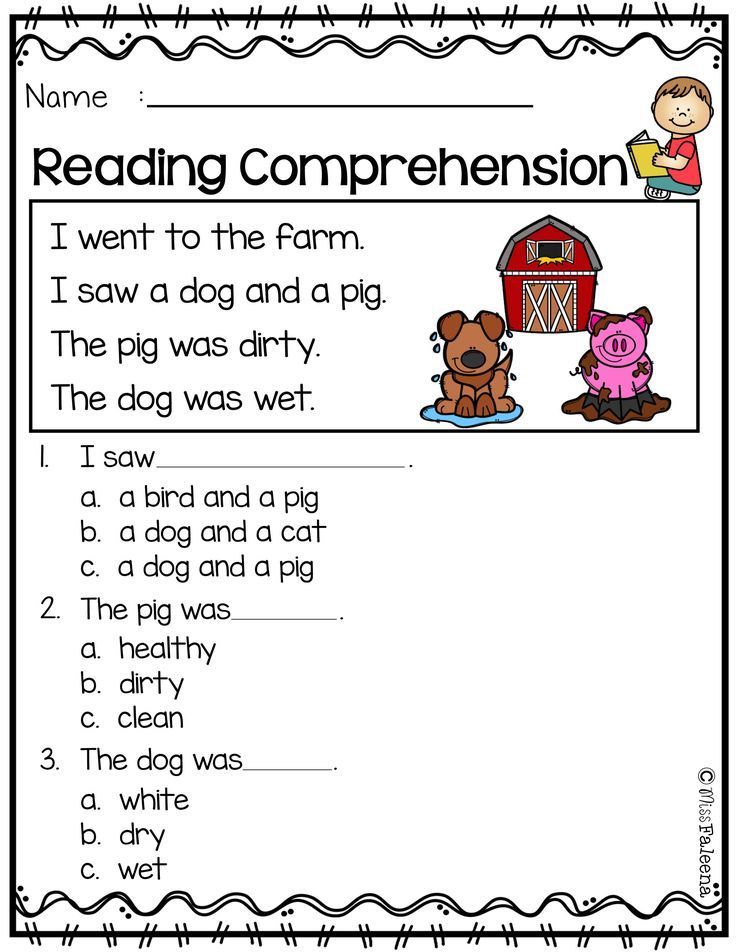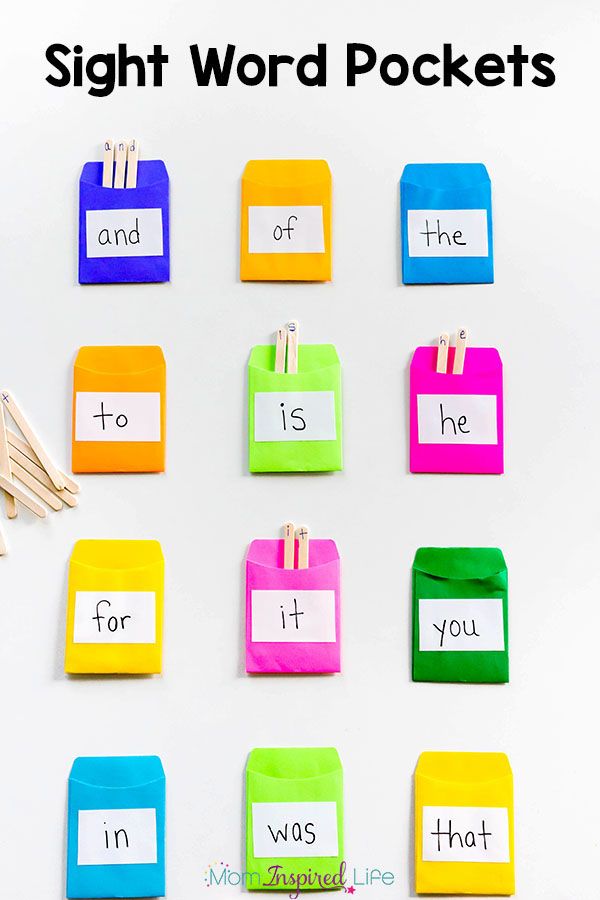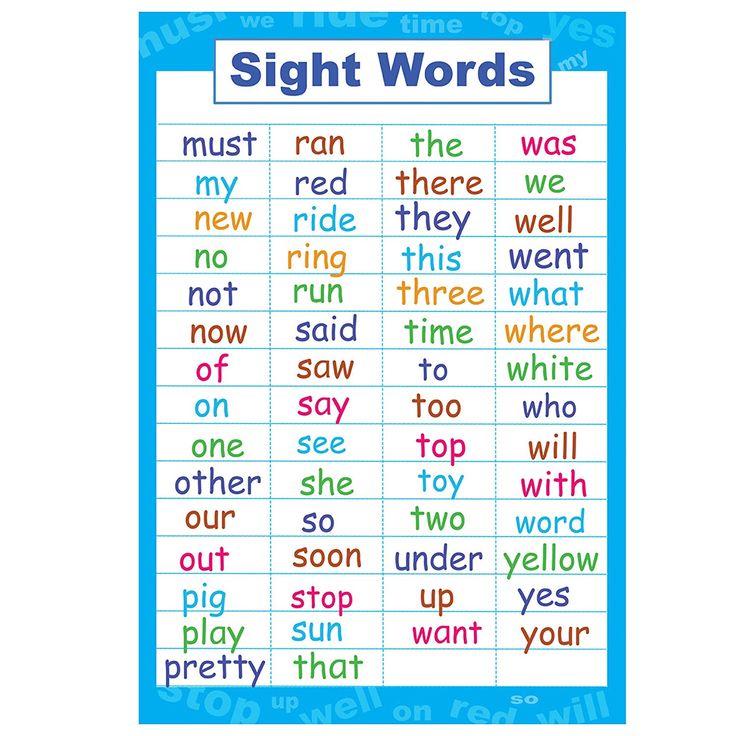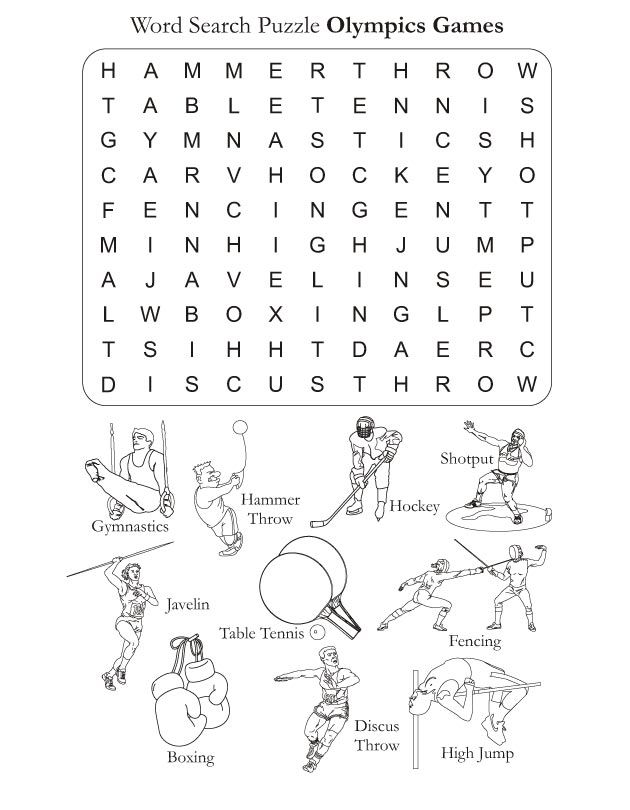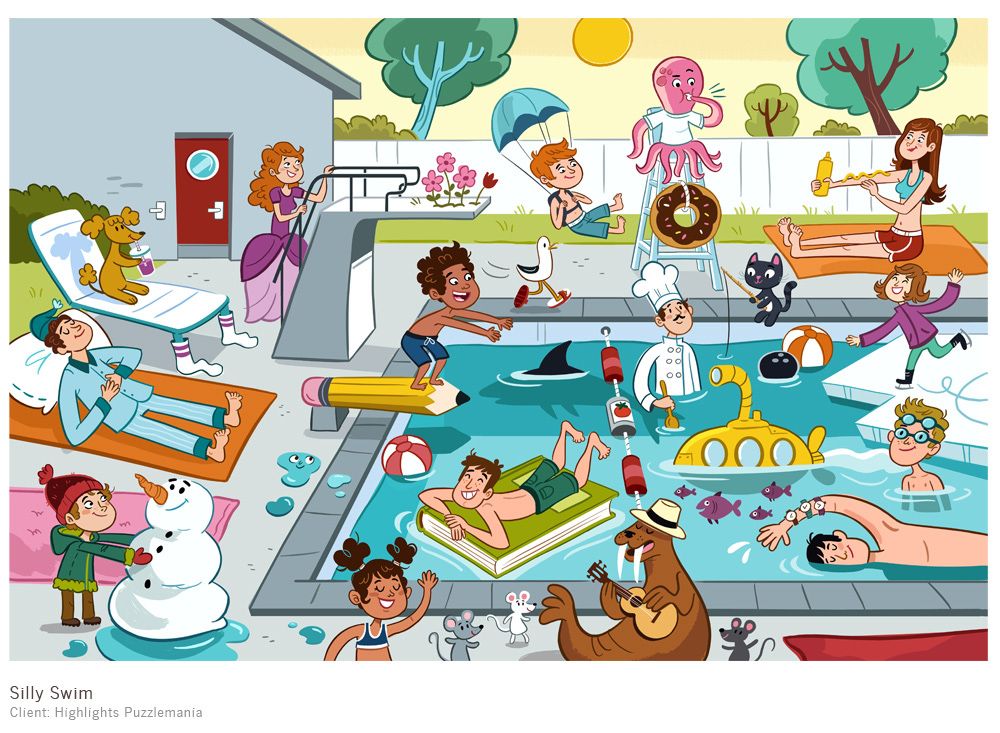Teach child empathy
How to Help Your Child Develop Empathy
Yes, you can help your child be more empathetic! Try these practical tips to help infants and toddlers develop empathy and understand that others have different thoughts and feelings than they do.
Empathy is the ability to imagine how someone else is feeling in a particular situation and respond with care. This is a very complex skill to develop. Being able to empathize with another person means that a child:
- Understands that he is a separate individual, his own person;
- Understands that others can have different thoughts and feelings than he has;
- Recognizes the common feelings that most people experience—happiness, surprise, anger, disappointment, sadness, etc.;
- Is able to look at a particular situation (such as watching a peer saying good-bye to a parent at child care) and imagine how he—and therefore his friend—might feel in this moment; and
- Can imagine what response might be appropriate or comforting in that particular situation—such as offering his friend a favorite toy or teddy bear to comfort her.
Milestones in Empathy
Understanding and showing empathy is the result of many social-emotional skills that are developing in the first years of life. Some especially important milestones include:
- Establishing a secure, strong, loving relationship with you is one of the first milestones. Feeling accepted and understood by you helps your child learn how to accept and understand others as he grows.
- Around 6 months old, babies start using social referencing. This is when a baby will look to a parent or other loved one to gauge his or her reaction to a person or situation. For example, a 7-month-old looks carefully at her father as he greets a visitor to their home to see if this new person is good and safe. The parent’s response to the visitor influences how the baby responds. (This is why parents are encouraged to be upbeat and reassuring—not anxiously hover—when saying good-bye to children at child care. It sends the message that “this is a good place” and “you will be okay.
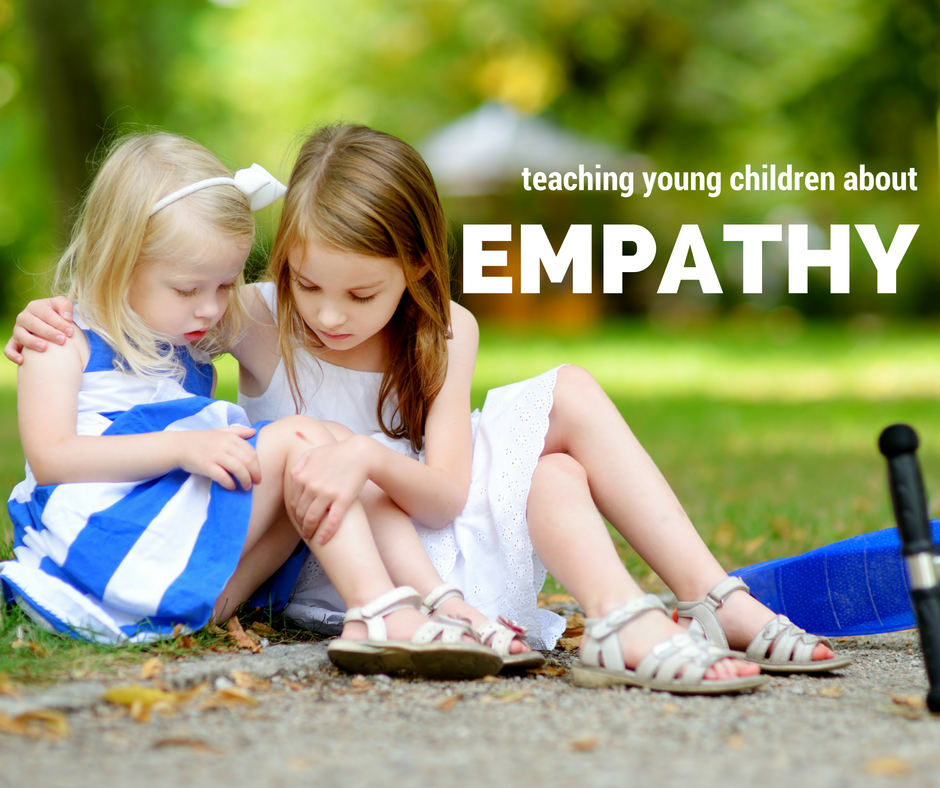 ”) Social referencing, or being sensitive to a parent’s reaction in new situations, helps the babies understand the world and the people around them.
”) Social referencing, or being sensitive to a parent’s reaction in new situations, helps the babies understand the world and the people around them. - Between 18 and 24 months old, toddlers will be developing a theory of mind. This is when a toddler first realizes that, just as he has his own thoughts, feelings and goals, others have their own thoughts and ideas, and these may be different from his.
- Between 18 and 24 months, toddlers will start recognizing one’s self in a mirror. This signals that a child has a firm understanding of himself as a separate person.
What You Can Do To Help Toddlers Develop Empathy
Empathize with your child. For example, “Are you feeling scared of that dog? He is a nice dog but he is barking really loud. That can be scary. I will hold you until he walks by.”
Talk about others’ feelings. For example, “Kayla is feeling sad because you took her toy car.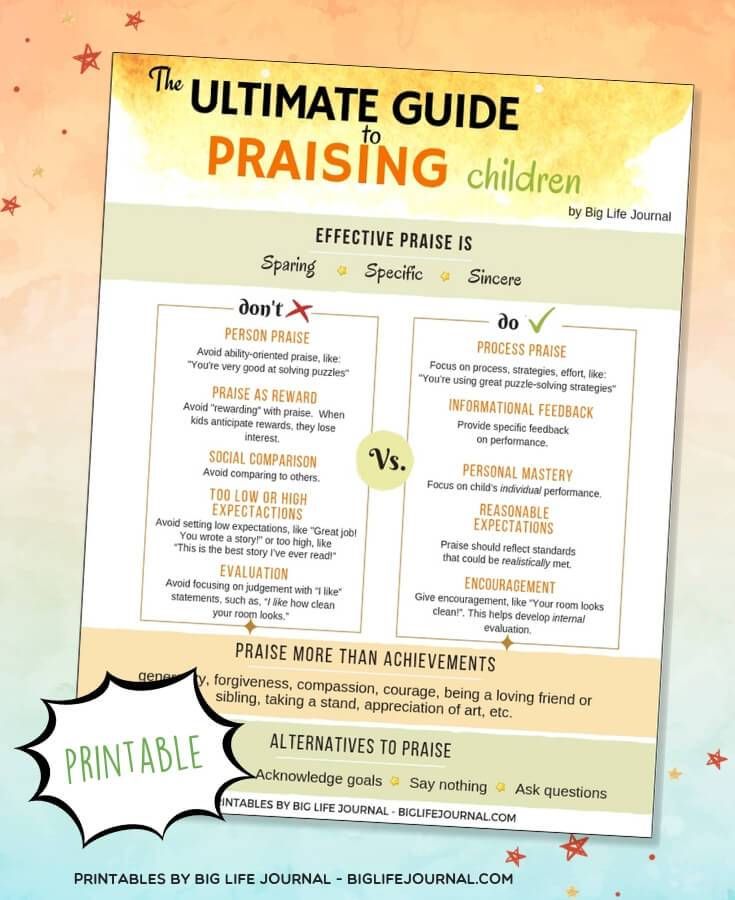 Please give Kayla back her car and then you choose another one to play with.”
Please give Kayla back her car and then you choose another one to play with.”
Suggest how children can show empathy. For example, “Let’s get Jason some ice for his boo-boo.”
Read stories about feelings. Some suggestions include:
- I Am Happy: A Touch and Feel Book of Feelings
- My Many Colored Days by Dr. Seuss
- How Are You Peeling by Saxton Freymann and Joost Elffers
- Feelings by Aliki
- The Feelings Book by Todd Parr
- Baby Happy Baby Sad by Leslie Patricelli
- Baby Faces by DK Publishing
- When I Am/Cuando Estoy by Gladys Rosa-Mendoza
Be a role model. When you have strong, respectful relationships and interact with others in a kind and caring way, your child learns from your example.
Use “I” messages. This type of communication models the importance of self-awareness: I don’t like it when you hit me.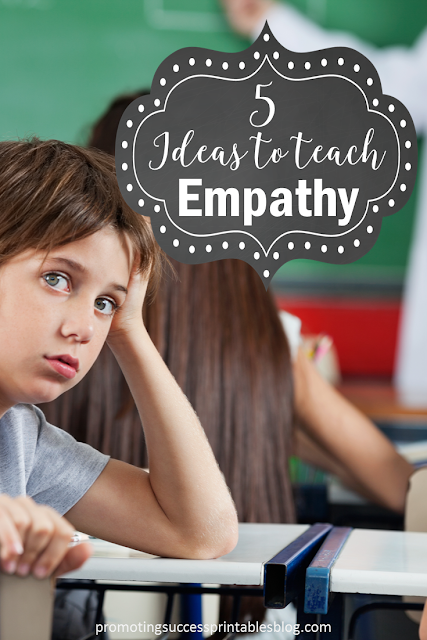 It hurts.
It hurts.
Validate your child’s difficult emotions. Sometimes when our child is sad, angry, or disappointed, we rush to try and fix it right away, to make the feelings go away because we want to protect him from any pain. However, these feelings are part of life and ones that children need to learn to cope with. In fact, labeling and validating difficult feelings actually helps children learn to handle them: You are really mad that I turned off the TV. I understand. You love watching your animal show. It’s okay to feel mad. When you are done being mad you can choose to help me make a yummy lunch or play in the kitchen while mommy makes our sandwiches. This type of approach also helps children learn to empathize with others who are experiencing difficult feelings.
Use pretend play. Talk with older toddlers about feelings and empathy as you play. For example, you might have your child’s stuffed hippo say that he does not want to take turns with his friend, the stuffed pony.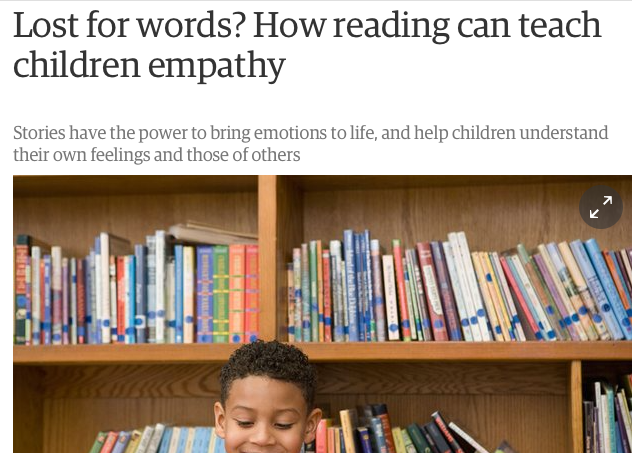 Then ask your child: How do you think pony feels? What should we tell this silly hippo?
Then ask your child: How do you think pony feels? What should we tell this silly hippo?
Think through the use of “I’m sorry.” We often insist that our toddlers say “I’m sorry” as a way for them to take responsibility for their actions. But many toddlers don’t fully understand what these words mean. While it may feel “right” for them to say “I’m sorry”, it doesn’t necessarily help toddlers learn empathy. A more meaningful approach can be to help children focus on the other person’s feelings: Chandra, look at Sierra—she’s very sad. She’s crying. She’s rubbing her arm where you pushed her. Let’s see if she is okay. This helps children make the connection between the action (shoving) and the reaction (a friend who is sad and crying).
Be patient. Developing empathy takes time. Your child probably won’t be a perfectly empathetic being by age three. (There are some teenagers and even adults who haven’t mastered this skill completely either!) In fact, a big and very normal part of being a toddler is focusing on me, mine, and I.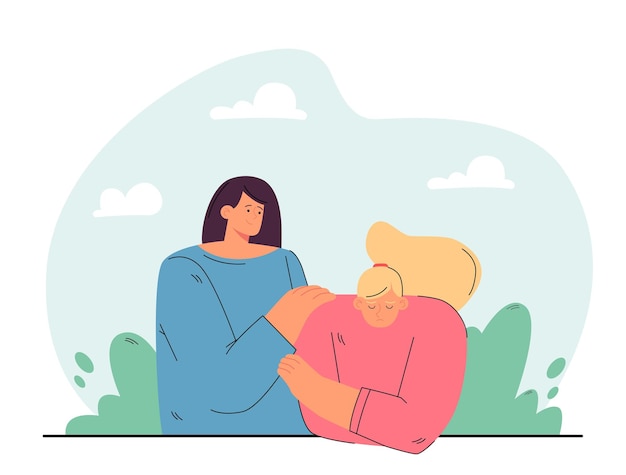 Remember, empathy is a complex skill and will continue to develop across your child’s life.
Remember, empathy is a complex skill and will continue to develop across your child’s life.
How to Teach Empathy to Kids
You may have heard the saying, “Before you criticize or judge someone, walk a mile in their shoes.” This quote is all about empathy. Empathy is the ability to be aware of the feelings of others and imagine what it might be like to be in their position (or in their shoes).
Empathy is a key ingredient in positive friendships and relationships. It reduces conflict and misunderstandings and leads to helping behavior, kindness, and even greater success in life in general.
And like any skill, empathy can be taught and developed in children. Because cognitive abilities and life experiences develop over time, the most effective strategies to use depend on the child’s age.
Let’s look at some key strategies for teaching empathy to children, as well as some age-by-age ideas and activities.
Before you continue, we thought you might like to download our FREE 21-Day Family Gratitude Challenge. Make this challenge a part of your night routine or family dinner time for the next 21 days (that's how long it takes to build a habit).
Make this challenge a part of your night routine or family dinner time for the next 21 days (that's how long it takes to build a habit).
Model empathy.
Any time you want to teach a skill to a child, it’s important to model it yourself. This way, the child understands what empathy looks like, sounds like, and feels like. Plus, it’s easier to teach a skill that you’ve already mastered yourself.
Remember to model empathy even when you’re upset with or giving consequences to your child. This reinforces the idea that empathy can and should be used even when you’re feeling disappointed, hurt, or angry. The more children receive empathy, the more likely they are to offer it to others.
Discuss emotions.
Talk openly about emotions rather than dismissing or burying them. Let’s say your child is scared of the dark. Instead of saying, “There’s nothing to be afraid of,” explore the child’s feelings: “Are you scared of the dark? What scares you about the dark?”
If your child doesn’t like another child, don’t immediately say, “That’s wrong,” but ask why the child feels that way.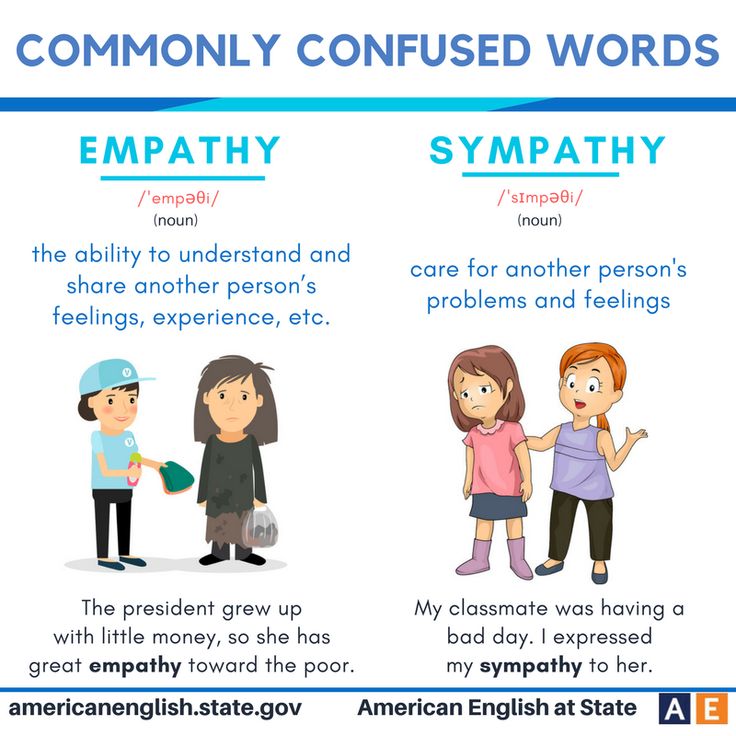 This can lead to a discussion about the other child’s actions and why the child might be acting that way (e.g., They just moved to a new school and are feeling angry because they miss their old school and their friends).
This can lead to a discussion about the other child’s actions and why the child might be acting that way (e.g., They just moved to a new school and are feeling angry because they miss their old school and their friends).
Never punish a child for feeling sad or angry. Make it clear that all emotions are welcome, and learn to manage them in a healthy way through discussion and reflection.
Help out at home, in the community, or globally.
Helping others develop kindness and caring. It can also give children the opportunity to interact with people of diverse backgrounds, ages, and circumstances, making it easier to show empathy for all people.
Read through our list of activities that make a difference at home, in the community, and globally, then pick an activity or two and get started.
Praise empathetic behavior.
When your child shows empathy for others, praise the behavior. Focusing on and encouraging empathetic behavior encourages more of it in the future.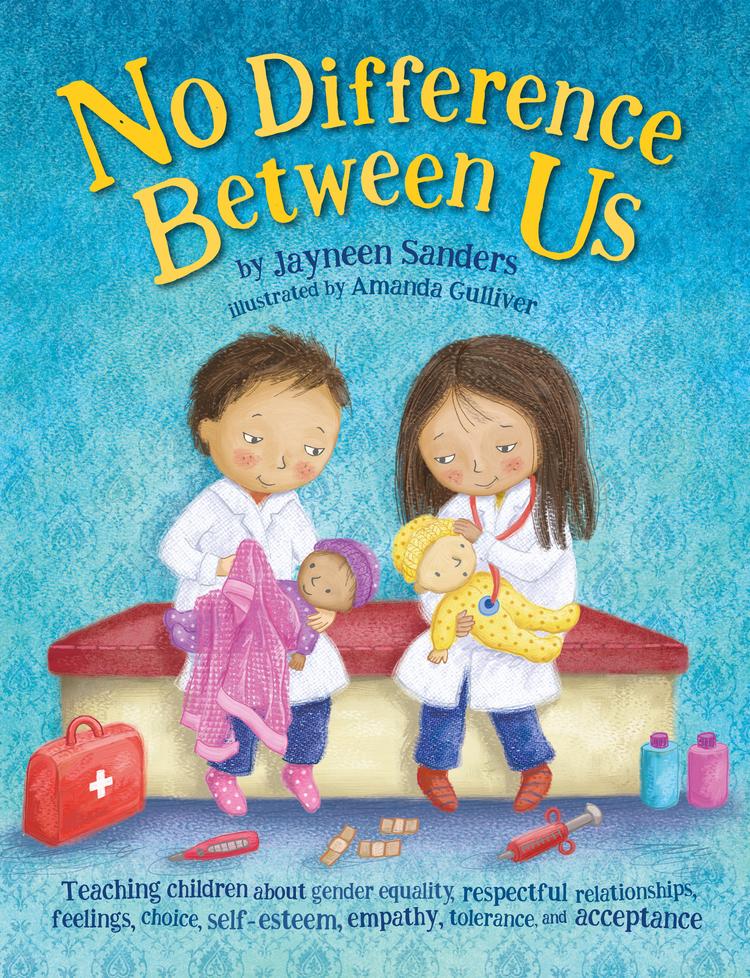
Make the praise specific: “You brought your sister a Band-Aid for her scraped knee so she could feel better. That was so kind and helpful!”
Age-Specific StrategiesBelow are some age-specific strategies for developing empathy in children. The age ranges below are a general guide; start with a few activities or ideas that you think will resonate with your child. Some activities introduced to younger children may be carried on into the later years.
3-5 YearsDescribe and label.
Help children recognize their emotions and the emotions of others by describing and labeling (e.g., “You seem angry,” or, “Are you feeling sad?”).
You can also promote body awareness, as young children may find it easier to identify emotions based on how it feels in their body.
For instance, you might say, “You’re clenching your fists. You stomped your feet. You seem angry.” The more children become aware of their own emotions, the more they’ll recognize and consider the emotions of others.
Read Stories.
As you read stories with your child, ask how the characters in the storybooks might be feeling.
Here’s one example from our list of 29 Books and Activities That Teach Kindness to Children:
"Listening with My Heart" by Gabi Garcia tells the story of Esperanza, who learns to be kind both to others and to herself when things don’t go as planned. You can ask your child questions like:
- How does Esperanza feel at the beginning of the story? How do Esperanza’s feelings change during the story?
- How does Bao feel at the beginning of the story? How do Bao’s feelings change?
- How was Esperanza feeling when she ran off the stage?
- If you could talk to Esperanza after she ran off the stage, what would you say to her?
- How do you think it would feel if it happened to you? What would you like someone to say to you after that experience?
- What does Esperanza do to be a good friend to herself?
- What can you do to be a good friend to yourself?
You can also read about and discuss how it feels when others are mean with the book "Chrysanthemum" by Kevin Henkes, in which Chrysanthemum loves her unique name—until others start to tease her about it.
"The Day the Crayons Quit" by Drew Daywalt is another great book for discussing emotions with young children. In this colorful story, Duncan just wants to color. Unfortunately, his crayons are on strike. Beige is always overlooked for Brown, Black only gets to make outlines, Orange and Yellow are in a standoff over which is the true color of the sun, and so on.
As Duncan tries to find a way to make all of his crayons happy, you can talk to children about how the crayons (and Duncan) are feeling. This is also a good way to teach that everyone has different needs, hopes, and dreams, and sometimes it’s hard to find ways for everyone to agree.
You can take a similar approach with just about any story that your child loves!
Make a "We Care Center”.
Dr. Becky Bailey, the founder of the SEL program Conscious Discipline, recommends making a We Care Center to teach children empathy.
The We Care Center can be as simple as a box containing Kleenex, Band-Aids, and a small stuffed animal. This provides a symbolic way for children to offer empathy to others in distress.
This provides a symbolic way for children to offer empathy to others in distress.
For instance, a young child may notice that Mom seems sad—or even that Mom is sneezing—and offer tissues.
This teaches children to be aware of others and to develop an understanding that our responses and actions can have a positive impact.
We can also model this relationship with statements like, “Our neighbors are sick. Let’s take them some soup to help them feel better!” or, “Your brother scraped his elbow. Let’s help by bringing him a Band-Aid!”
Coach social skills in the moment.
If your child snatches her brother’s toy, ask questions like, “How do you think your brother feels? How do you feel when your brother takes your toys? Look at his face. He seems sad. What could we do instead of snatching your brother’s toy?”
At this point, you could teach a more appropriate response to want a toy, such as asking for a turn, making a trade, or playing with another toy while waiting. It’s much easier for children to learn social skills when they are taught in context.
It’s much easier for children to learn social skills when they are taught in context.
Play emotion charades.
Teaching emotions through play is an important way to develop empathy in children. Games and activities can help children learn the language to express and understand complex feelings.
To play emotion charades, take turns acting out emotions and guessing what feeling is being portrayed. After a player has guessed correctly, you can also discuss the emotion with questions like:
- When do you feel sad?
- What helps you feel better when you’re sad?
- How can we help someone else when they’re feeling sad?
Lisette at the Where Imagination Grows blog suggests a helpful variation on this game. She uses the characters from the movie Inside Out to represent different emotions.
She cuts out images of the characters and glues each character onto an index card. The performer then draws an index card from a bucket and acts out that emotion.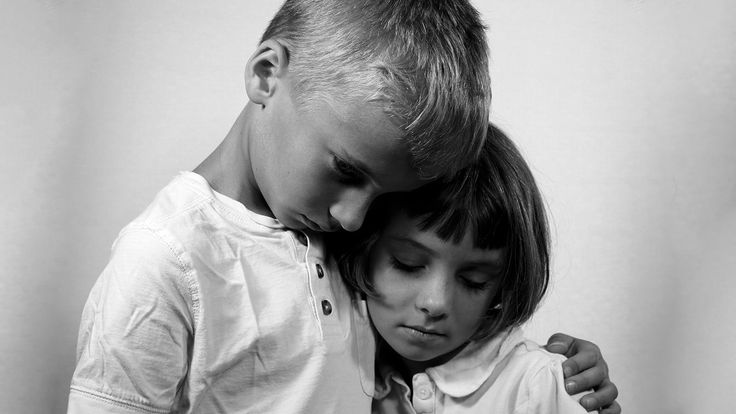 The other children hold up the corresponding Inside Out character figurine to guess the emotion.
The other children hold up the corresponding Inside Out character figurine to guess the emotion.
Use pictures.
Visuals are another great way to help children learn. If your child seems to have trouble recognizing and/or labeling emotions, cut out pictures from magazines or print pictures from the Internet that show sad, angry, or happy faces. You can also work up to more complex emotions like scared, embarrassed, disappointed, frustrated, etc.
As you discuss how the people in the pictures are feeling, you can also ask children about times they felt the same way. Provide examples from your own life too, showing that even adults grapple with big emotions and that it’s perfectly normal.
Embrace diversity.
A major component of empathy is respecting others from different backgrounds.
Give your child opportunities to play with children of different races, backgrounds, ability levels, sexes, and so on. You can also read books or watch shows featuring children who are different from your child. Help children understand and focus on what they have in common with others.
Help children understand and focus on what they have in common with others.
Observe others.
Deepen your child’s understanding of nonverbal cues by playing a game where you observe other people in a busy public place, like a park.
Note the body language of others and guess how they might be feeling. “That child’s head is down, and his shoulders are hunched like this. I think he might be feeling sad. I wonder why he feels that way?”
Teach healthy limits and boundaries.
As your children grow older, it’s important that they also understand empathy doesn’t mean taking on the problems and needs of everyone around them. It doesn’t mean always saying “yes” or dropping everything to help others.
Teach your children to understand and respect their own needs by following these 3 steps.
- Create a plan for how your child can respond in certain scenarios. If, for example, another child gives an unwanted hug, your child can say, “I don’t like that.
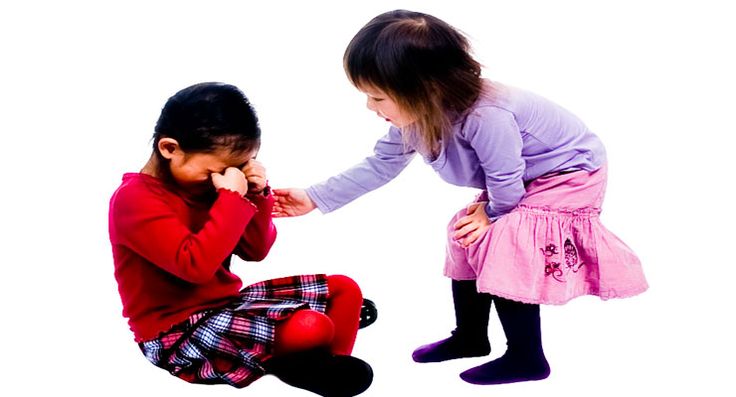 Please don’t touch me.” If a child calls your child a name, your child can say, “My name is ________. Call me that instead.”
Please don’t touch me.” If a child calls your child a name, your child can say, “My name is ________. Call me that instead.” - Create a list of scenarios in which it’s necessary to ask an adult for help, like a child refusing to take no for an answer or any situation that feels dangerous or uncomfortable. In addition, explain that being helpful to others should not involve breaking any rules or doing anything that your child isn’t comfortable with.
- Respect your child’s boundaries. If your child doesn’t like to be tickled or doesn’t want to be picked up and spun around, don’t push the issue. Say, “I understand. I won’t do it again.” This models the way your child should expect others to behave when he or she says “no.”
Don't forget to download our FREE 21-Day Family Gratitude Challenge and make this challenge a part of your family's routine!
7-9 YearsEngage in high-level discussions about book characters.
Read more advanced books and engage in high-level discussions about what the characters think, believe, want, and feel.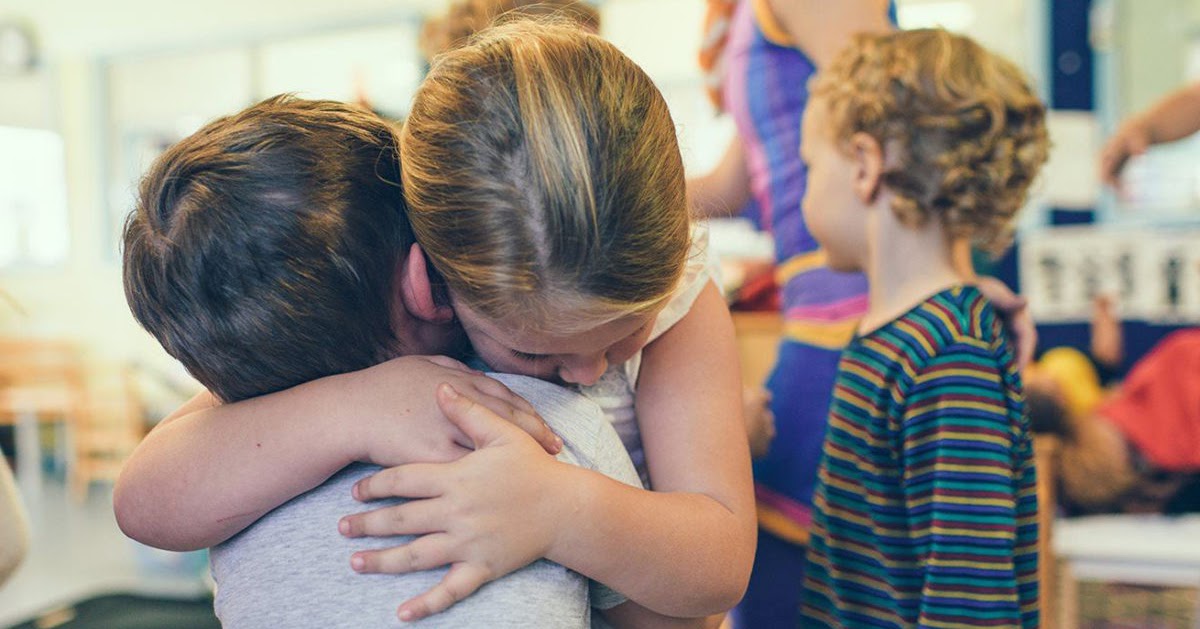 How do we know?
How do we know?
For example, read "The Invisible Boy" by Trudy Ludwig, in which a boy named Brian struggles with feeling like he is invisible. He’s never invited to parties or included in games. When a new student named Justin arrives, Brian is the first to make him feel welcome. When the boys team up on a class project, Brian finds a way to shine. The book teaches children that small acts of kindness can help kids feel included and allow them to flourish.
After reading, ask questions like:
- Why did Brian feel invisible?
- How do you think being “invisible” makes Brian feel?
- How did Brian help Justin feel welcome?
- How did Justin help Brian feel more “visible?”
- Have you ever felt left out or invisible? What would have helped you feel more included or visible?
In one experimental study, 110 school kids (aged seven years) were enrolled in a reading program. Some students were randomly assigned to engage in conversations about the emotional content of the stories they read.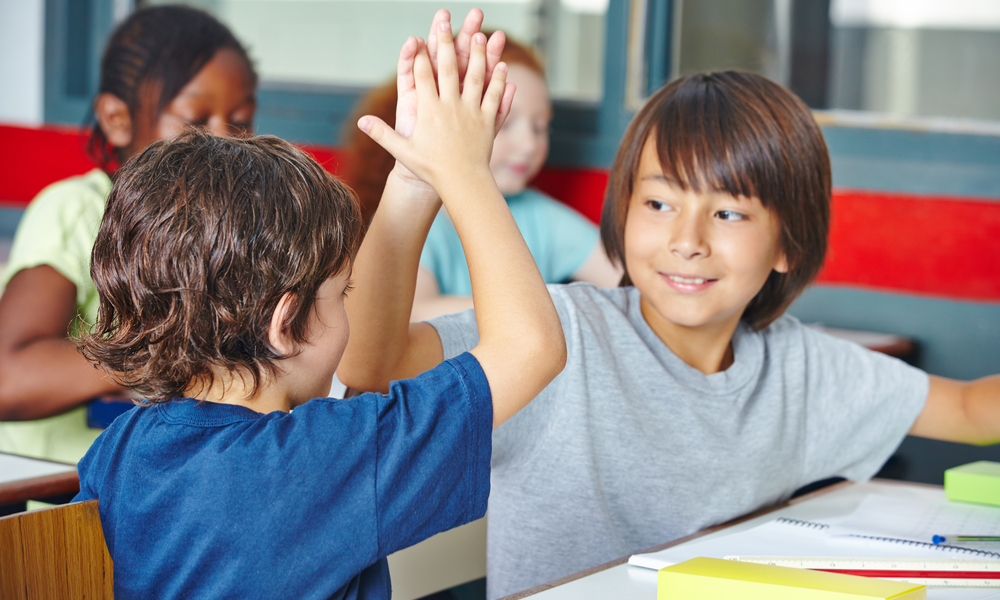 Others were asked only to produce drawings about the stories.
Others were asked only to produce drawings about the stories.
After two months, the kids in the conversation group showed greater advances in emotion comprehension, the theory of mind, and empathy, and the positive outcomes "remained stable for six months."
You can select books to read with your children that are directly related to empathy. Alternatively, notice what your children are reading and engage them in conversations about the characters, their emotions, and what your child might think, feel, or do in similar situations.
Loving-kindness and compassion meditation.
Studies show that as little as two weeks of training in compassion and kindness meditations can lead to changes in brain chemistry that are linked to an increase in positive social behaviors, including empathy. These meditations also lead to increased positive emotions and social connectedness, in addition to improved health.
Loving-kindness meditation involves thinking of loved ones and sending them positive thoughts. Later, your child can expand her positive thoughts to more neutral people in her life as well.
Later, your child can expand her positive thoughts to more neutral people in her life as well.
The four traditional phrases for this meditation are, “May you feel safe. May you feel happy. May you feel healthy. May you live with ease.” The exact wording you and your child use aren’t important; it’s about generating feelings of kindness and warmth.
With compassion training, children visualize experiences in which they felt sad or upset, then relate to these experiences with warmth and care. They then repeat the exercise with other people, starting with close loved ones, followed by a difficult person, and finally extending compassion to humanity in general.
Engage in cooperative board games or cooperative construction.
Research shows that successful experiences with cooperation encourage us to cooperate more in the future. Collaborating with others can encourage children to build positive relationships and to be open to developing more positive relationships in the future.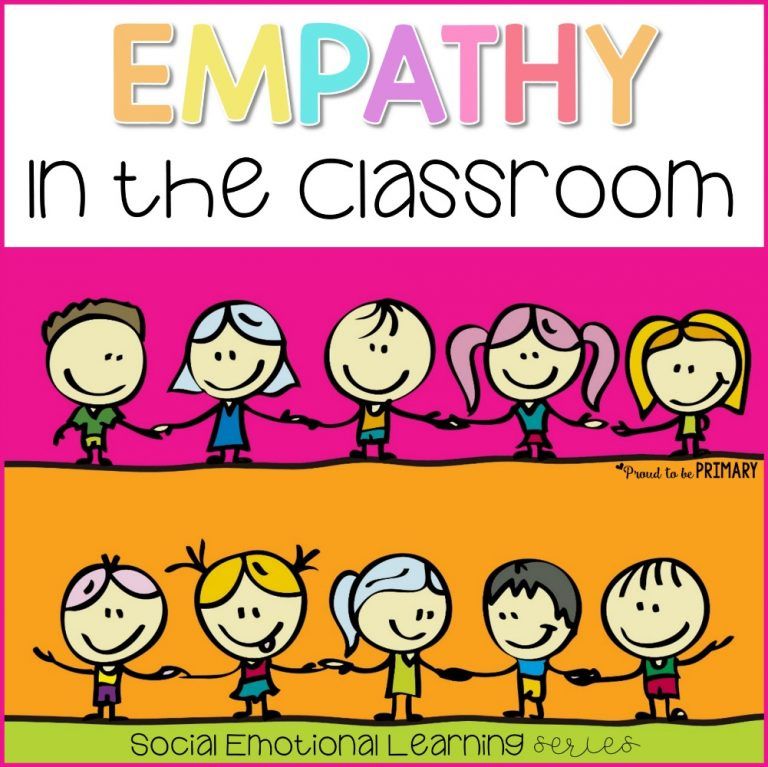
These experiences also involve discussions and debate, teaching children to consider other perspectives.
Ideas for cooperative board games or cooperative construction include:
- Play with Legos, working together to build something specific
- Race to the Treasure! (a board game in which children collaborate to build a path and beat an ogre to the treasure)
- Outfoxed! (a cooperative whodunit game)
- Stone Soup (an award-winning cooperative matching game)
- The Secret Door (a mystery board game in which children ages 5+ work together to solve the mystery behind the secret door)
Sign up for acting classes.
If your child is interested, get him involved in theater or acting classes. Stepping into the role of another person is a great way to build empathy, just as playing pretend helps young children develop understanding and compassion for others.
Create empathy maps.
Empathy maps include four sections: Feel, Think, Say, and Do. Choose an emotion, then brainstorm what you might say, think, and do when you feel that way.
Choose an emotion, then brainstorm what you might say, think, and do when you feel that way.
For example: “When I feel worried, I might think I’m making a lot of mistakes or that something bad is going to happen. I say, ‘I’m sorry’ too much or, ‘I can’t do this.’ Sometimes when I’m worried, I do nothing at all. Something helpful that I can do is to take deep breaths and remind myself that everything will be okay.”
If it comes up, you can highlight the fact that what we say or do is sometimes the opposite of what we’re really feeling. You can discuss why that is and how we can relate that to showing empathy and understanding for others.
Ages 12+Discuss current events.
Learn about current events and develop empathy by reading newspapers, news magazines, or watching the news together. Alternatively, you can do this activity when your child mentions a current event to you.
Ask questions like:
- How might the people involved in this situation be feeling?
- How would you feel in a similar situation?
- Is there anything we can do to help?
Encourage your child to choose volunteer work.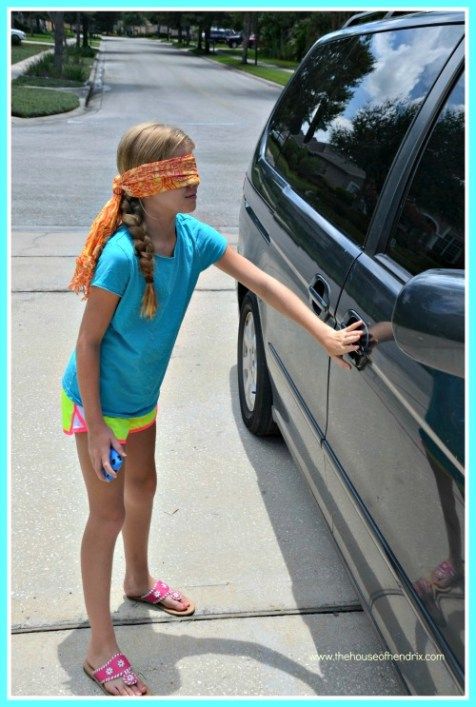
Encourage your child to choose volunteer work that he or she is passionate about. As children get older, they can take a more direct role in helping the community or society in general. They may even want to start their own projects or charitable organizations to solve a problem they feel strongly about.
It’s important for kids to explore the world beyond themselves. Our Big Life Journal - Teen Edition includes a section where older kids can write down and map out ways they can make a difference in the world. They can take these passions and turn them into opportunities to serve their communities.
Walk the line.
This activity is perfect for classrooms, summer camps, or other places with a large group of older children/teens. “Walk the Line” was demonstrated in the movie Freedom Writers.
Put a line of tape in the middle of the group, with students facing each side’s line. Read a series of statements. If the statement is true for the student, they go stand on the line.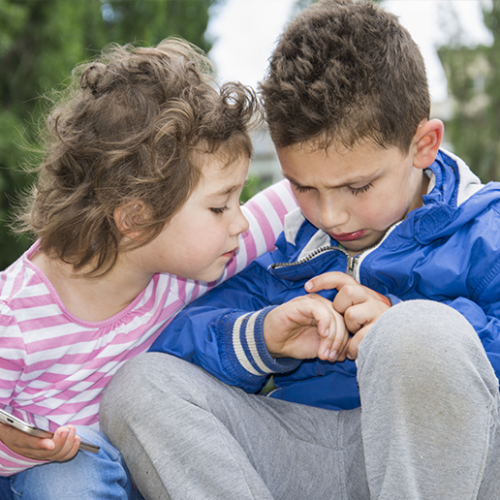
This could include statements like “I’ve lost a family member,” “I’ve been bullied at school,” and so on. Students can also help create the prompts.
The activity shows the struggles they have in common and helps them understand what their peers experience and feel. At the end of the activity, students return to their seats to reflect through writing or discussion.
One option is to have students write a letter (that they can deliver or keep to themselves) to a student who walked to the line on one of the same prompts they moved on, sharing more about this experience or offering words of encouragement.
Empathy can be taught and developed over time, and it will give your child a foundation on which to build sound judgment, success, and positive and healthy relationships throughout their life. Choose one or two activities from this list and get started!
Looking for additional resources to help teach your child about empathy? The Big Life Journal helps children develop strong Social-Emotional Learning (SEL) and growth mindset skills through inspiring stories, colorful illustrations, and engaging guided activities.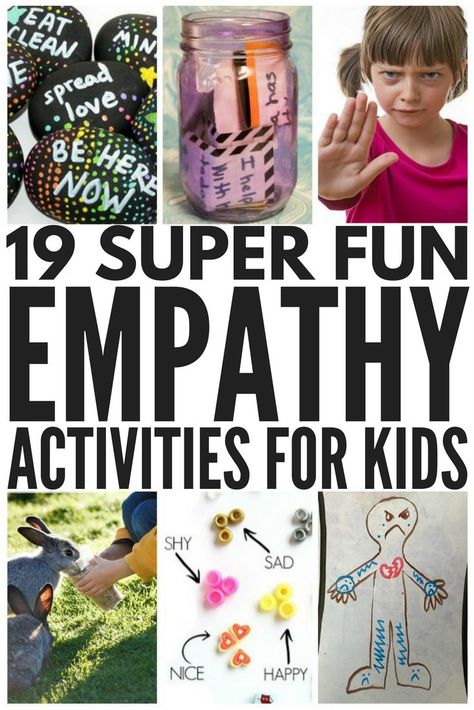
How to teach children empathy | PSYCHOLOGIES
A few years ago I fell down the stairs in my office. The result is a broken ankle, severe bruises on the face and a bruise under the eye. When they let me go home from the hospital and I crawled into the apartment with difficulty, my daughters were dumbfounded. Their faces showed a mixture of fear and confusion.
Seeing how frightened they were, I tried to calm them down, assuring them that everything was fine with me, that I had just fallen down the stairs and everything would be fine. I made my way to the couch, followed by their frightened glances. Probably, I immediately fell asleep, and when I woke up, I found that my black eye was sealed, there was a cup of tea on the table and a piece of my favorite pie, and my daughters were sitting next to me. nine0003
Children have an innate capacity for empathy. They naturally know how to empathize with someone else's pain and sadness - whether it is about other children or pets. As the child grows and develops, a kind of internal struggle begins - empathy "competes" with childish selfishness and undeveloped self-control.
As the child grows and develops, a kind of internal struggle begins - empathy "competes" with childish selfishness and undeveloped self-control.
Children can learn to be patient and think of others if parents encourage them to develop these qualities. Most of us have witnessed the tantrums that children throw when they are tired, hungry, uncomfortable, or when they are not given what they want and not allowed to do what they want. Over time, they learn to better tolerate such dissatisfaction. nine0003
It is very important to teach children to be tolerant and sympathetic to others. We, adults, should set an example for them, because children mainly learn through imitation of parents and other loved ones. We learn empathy all our lives, and parents should start talking about it with their child as early as possible. In these conversations, it is important not to avoid "difficult" questions and openly discuss individual differences.
Children are very curious and often ask such questions about people, things, about the world that adults are surprised: why did the child even think about this? The way children express their emotions, react to conflict situations and other people's experiences, largely depends on their temperament.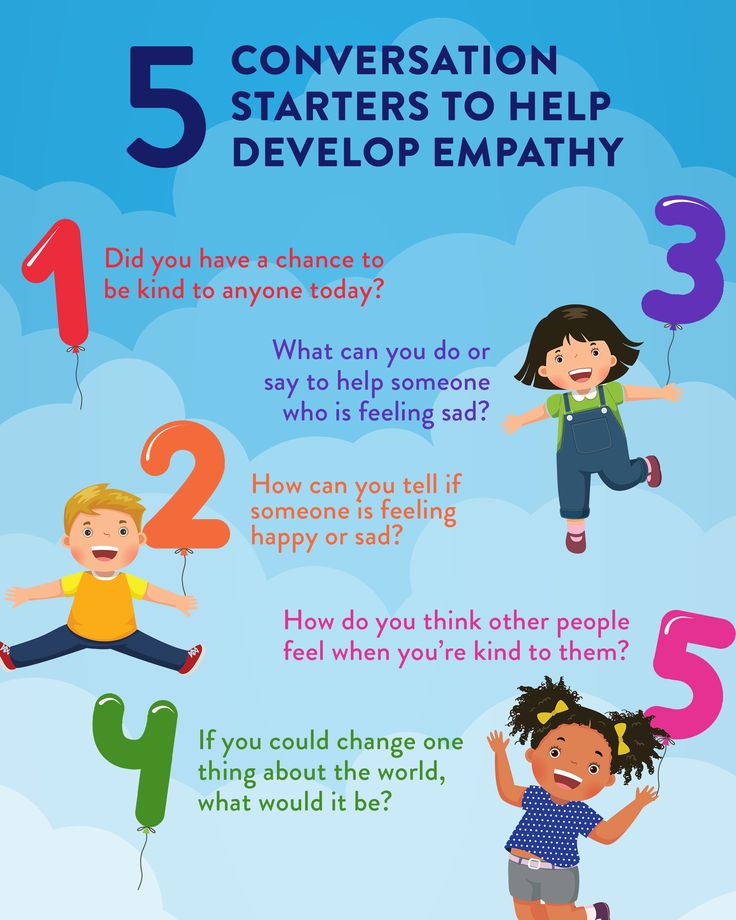 nine0003
nine0003
1. Encourage their curiosity and passion for exploring the world.
2. Teach them to care for others and for themselves.
3. Do not cultivate selfishness and spoilage in them, do not encourage rudeness.
4. Show by your example how to show sensitivity, care, empathy.
5. Avoid double standards: do not treat certain groups of people differently than others.
6. Learn to deal with mistakes: explain that mistakes are inevitable, they must be acknowledged, accepted responsibility and apologize. If you make a mistake, show the correct reaction by your example.
7. Make sure they follow the rules. Well-established, unchanging limits help children understand how their behavior and transgressions affect others.
8. Pay attention to situations when children show kindness and sympathy, praise them.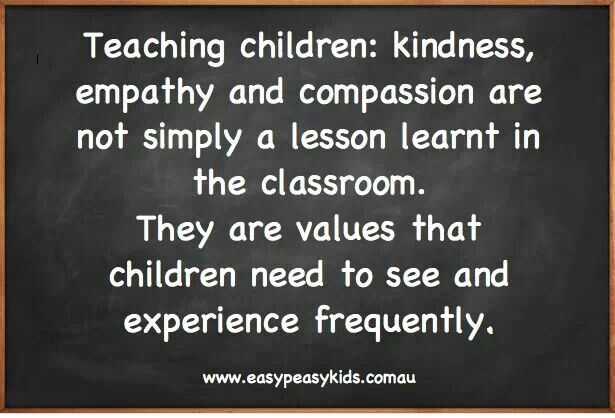 For example: "I liked that you helped a friend treat the wound when he fell." nine0003
For example: "I liked that you helped a friend treat the wound when he fell." nine0003
9. Encourage your children to help others.
10. Stop them from labeling others and speaking badly about people.
11. Don't let bad behavior go unpunished.
As children grow older, they will begin to understand the importance and value of compassion, especially if they participate in charitable or volunteer activities. Compassion helps to develop other important personality traits that will be useful to the child when he grows up, and in addition, help him to treat others more tolerantly. nine0003
About the author: Tarra Bates-Dufort is a psychotherapist who specializes in dealing with family problems and working with psychological trauma.
How to teach children empathy and why to do it
home
Parents
How to raise a child?
How to teach children empathy and why to do it
- Tags:
- Expert advice
- 1-3 years
- 3-7 years
- 7-12 years
- teenager
Empathy is the ability to feel and understand the emotions of others. Most psychologists believe that this is an innate quality. That is, infants, watching upset or happy adults, may experience similar feelings.
Most psychologists believe that this is an innate quality. That is, infants, watching upset or happy adults, may experience similar feelings.
When a child is two years old, he is already able to understand that the person next to him is bad and even offer him support. nine0003
The help of a two-year-old child is peculiar, the baby does not yet realize that it will really be useful to another person. For example, he may offer his bottle or favorite toy to an upset person. The kid wants to help, but he does not have the knowledge and skills to provide support. Only by the age of 6-7 years does the child become able to mentally put himself in the place of another person and think about what actions are more suitable in a particular situation. Understanding how certain social groups of people feel - for example, the homeless - a person begins by adolescence. nine0003
The theory of innate empathy is generally accepted, but cases when the first manifestations of children's empathy are "late" are also not uncommon. Both innate qualities and life experience of the child can influence this.
Both innate qualities and life experience of the child can influence this.
In today's world it is possible and necessary to develop the ability to empathize
Why is it important to teach empathy?
It is known that children with high empathy tend to stand up even for those who do not belong to the group of friends. Thus, children contribute to the reduction of bullying (bullying) in schools and on the streets. The experience of supporting and protecting the weak helps children develop healthy, sustainable self-esteem. nine0003
High empathy contributes to happiness and success when a child becomes an adult. This applies, first of all, to personal life.
Empathy helps build relationships with friends, create a family and raise children. People who easily perceive and understand the feelings of others are also successful in their work.
They are capable of effective negotiations, cooperation, and work well in a team. Employers often list empathy as one of the most important skills in today's marketplace. nine0003
Employers often list empathy as one of the most important skills in today's marketplace. nine0003
Empathic people are sensitive, recognizing the pressing problems of society or population groups, and find solutions to them. For example, they invent freshwater harvesting technologies for drylands or the easily foldable baby stroller. In general, most inventions meet the needs of people, which are difficult to guess without the ability to understand their problems and feelings.
How can you help your child develop empathy?
Note that it is important not only to learn to see other people's feelings, but also to understand what to do with them. Otherwise, empathy can have negative consequences. For example, empathizing with someone else's grief, a person will become confused, having no idea how to behave, and for a long time remaining with a heavy feeling of helplessness. Having been "infected" with the anger of others, people can become involved in the destructive and cruel behavior of the group - this becomes the basis for the development of bullying and harassment.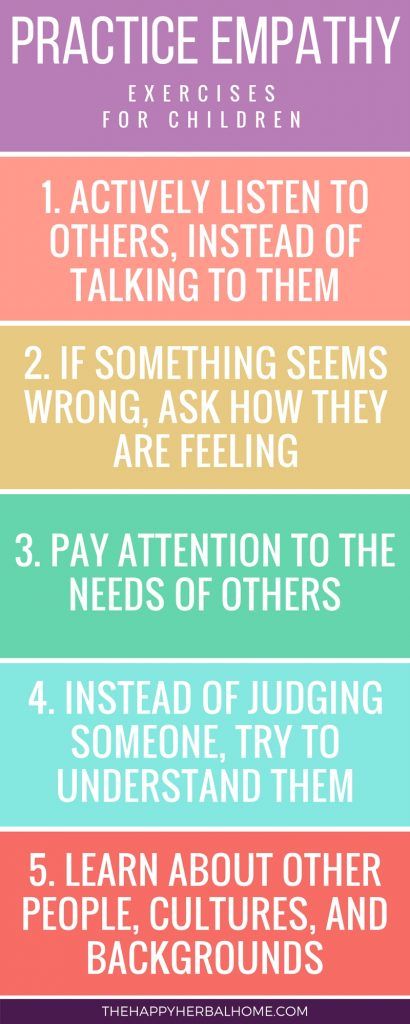 Therefore, teaching children empathy, you need to provide them with adequate behavior strategies. nine0003
Therefore, teaching children empathy, you need to provide them with adequate behavior strategies. nine0003
-
Set an example of caring and compassion. Talk about how you feel for other people. Share your own joys and experiences. Show your children that you are happy with their successes and sympathize with their sorrows.
-
Teach children words to describe emotions. Name the feelings that you, other people, and your child are experiencing. “I am very sad because my grandmother died.” Are you crying because you're scared? You're scared?". "Your brother is mad because he didn't get the pie." Encourage other family members to share their feelings. nine0003
-
Help your child interpret people's emotions. Ask: “Why do you think this girl is crying?”, “What could this person who looks so surprised see?”.
-
Encourage compassion and mutual help. Thank your children not only for helping you, but also for helping others.
Try to encourage not rare acts of kindness, but consistent empathic behavior.
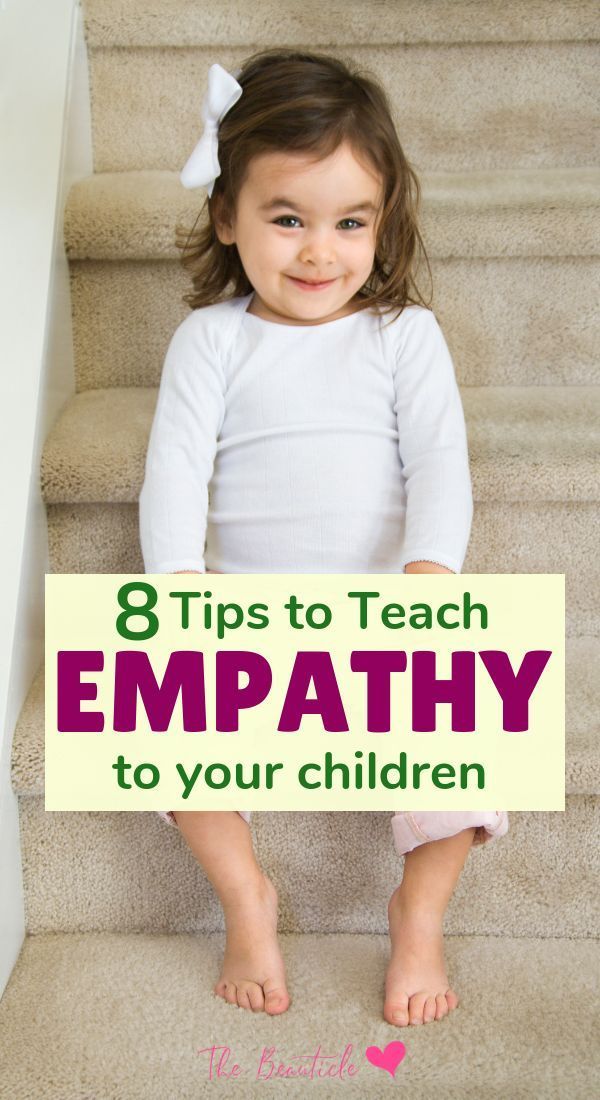
Do not praise too often, but remind the child that he has been acting like a caring compassionate person for a long time. nine0003
-
Encourage children to cooperate. It is important to encourage children not only to do things for others, but also to do things with others.
-
Give your child a plush toy and a favorite doll. There is a stereotype that these are toys for girls. But psychologists note that even boys can benefit from playing with dolls and plush animals. This develops in them the skills of caring for living beings. It is not necessary to offer the boy to play with Barbie or baby doll. Your little son will definitely like a big doll that looks like a real man. nine0003
-
Read together and encourage the reading of fiction. Books tell about the fate of people, they involve the reader in the experiences of the characters. Discuss the emotions and actions of the characters in the books and movies: “How do you think he feels? How can you help him feel better?
-
Help children see differences and similarities in people.
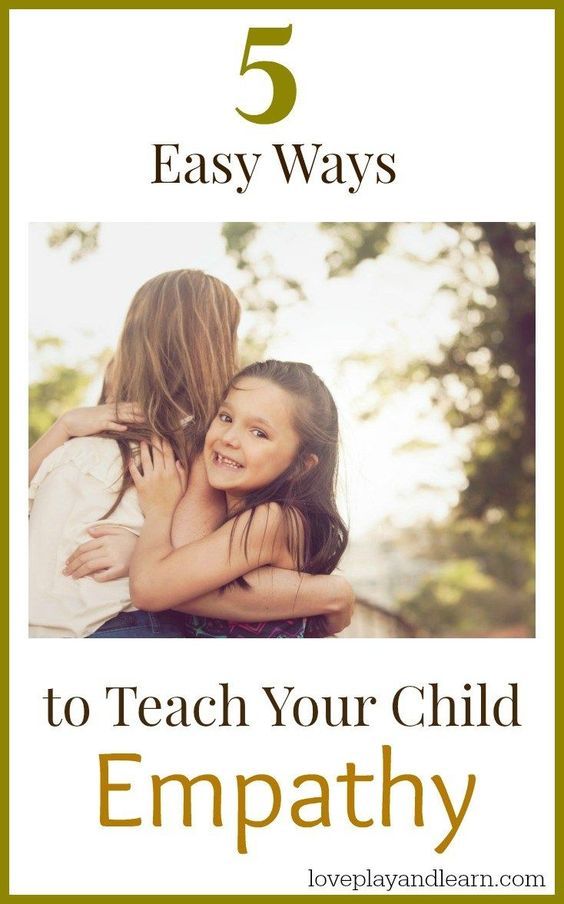 Explain that all children are different. Some are skinny, others are fat. Some run fast, others slow. Someone likes to play football, and someone likes to draw. At the same time, there is something in which all children are the same. Everyone eats, drinks, sleeps, grows; everyone has feelings, and most importantly, no one likes to be hurt. nine0003
Explain that all children are different. Some are skinny, others are fat. Some run fast, others slow. Someone likes to play football, and someone likes to draw. At the same time, there is something in which all children are the same. Everyone eats, drinks, sleeps, grows; everyone has feelings, and most importantly, no one likes to be hurt. nine0003 -
Never hit children! Avoid swearing and being overly demanding. Do not forbid children to express feelings. Don't tell boys that men don't cry. Such behavior of parents can not only slow down the development of the ability to empathize, but also provoke a variety of psychological problems in childhood and adulthood.
-
Be patient. None of us can be empathic and compassionate all the time, not even adults. To put oneself in the place of another requires a lot of mental strength, it is tiring. And for a child, mastering any skill takes a long time and requires many repetitions. So help kids learn empathy and compassion, but don't demand mature behavior from them.
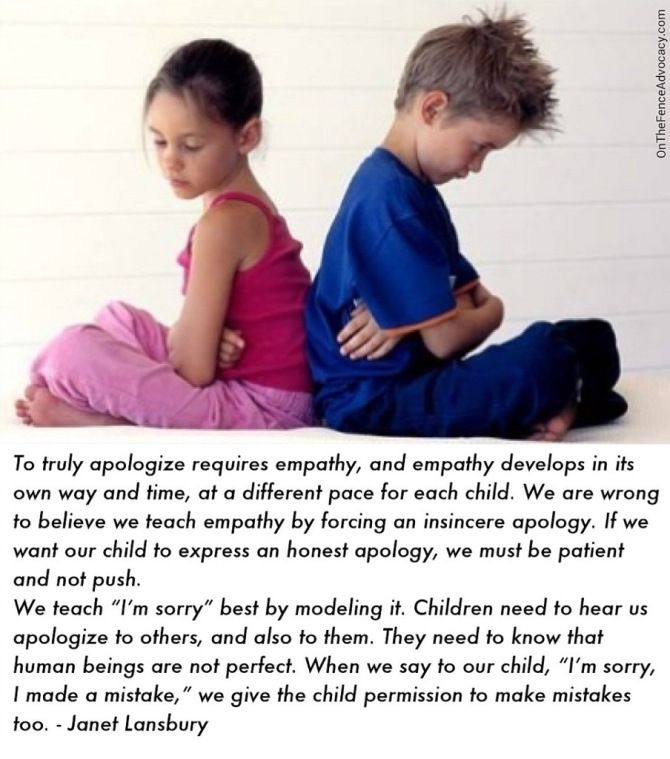
Learn more


